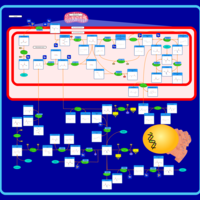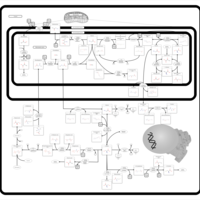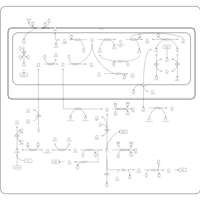| Glycine, serine and threonine metabolism |    |
| Pyruvate metabolism |    |
| Dihydropyrimidine Dehydrogenase Deficiency (DHPD) |    |
| Leigh Syndrome |    |
| Pyruvate Dehydrogenase Complex Deficiency |    |
| Non Ketotic Hyperglycinemia |    |
| Dimethylglycine Dehydrogenase Deficiency |    |
| Sarcosinemia |    |
| Pyruvate Decarboxylase E1 Component Deficiency (PDHE1 Deficiency) |    |
| Spermidine and Spermine Biosynthesis |    |
| Pyruvaldehyde Degradation |    |
| Dimethylglycine Dehydrogenase Deficiency |    |
| Hyperglycinemia, non-ketotic |    |
| Primary hyperoxaluria II, PH2 |    |
| Pyruvate kinase deficiency |    |
| 3-Phosphoglycerate dehydrogenase deficiency |    |